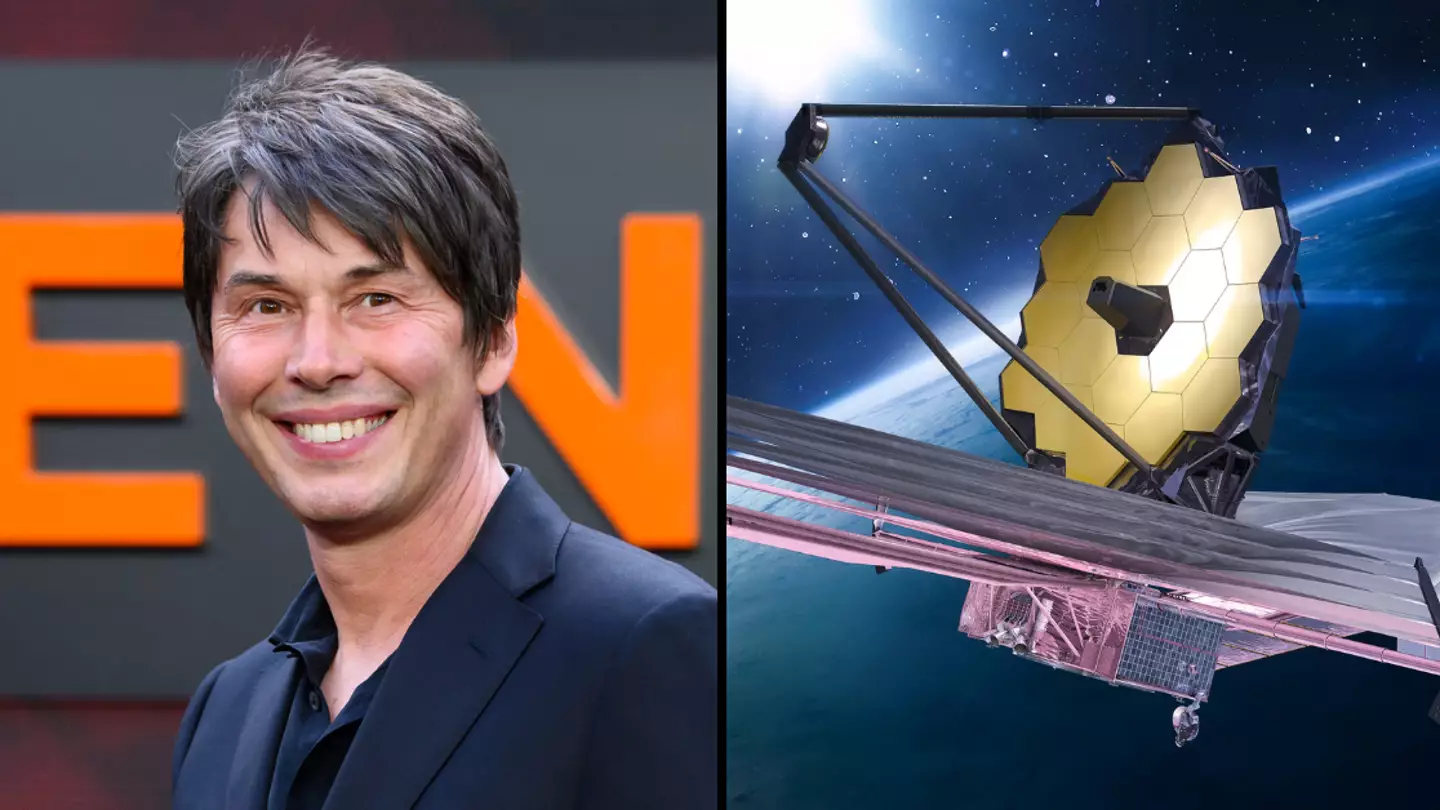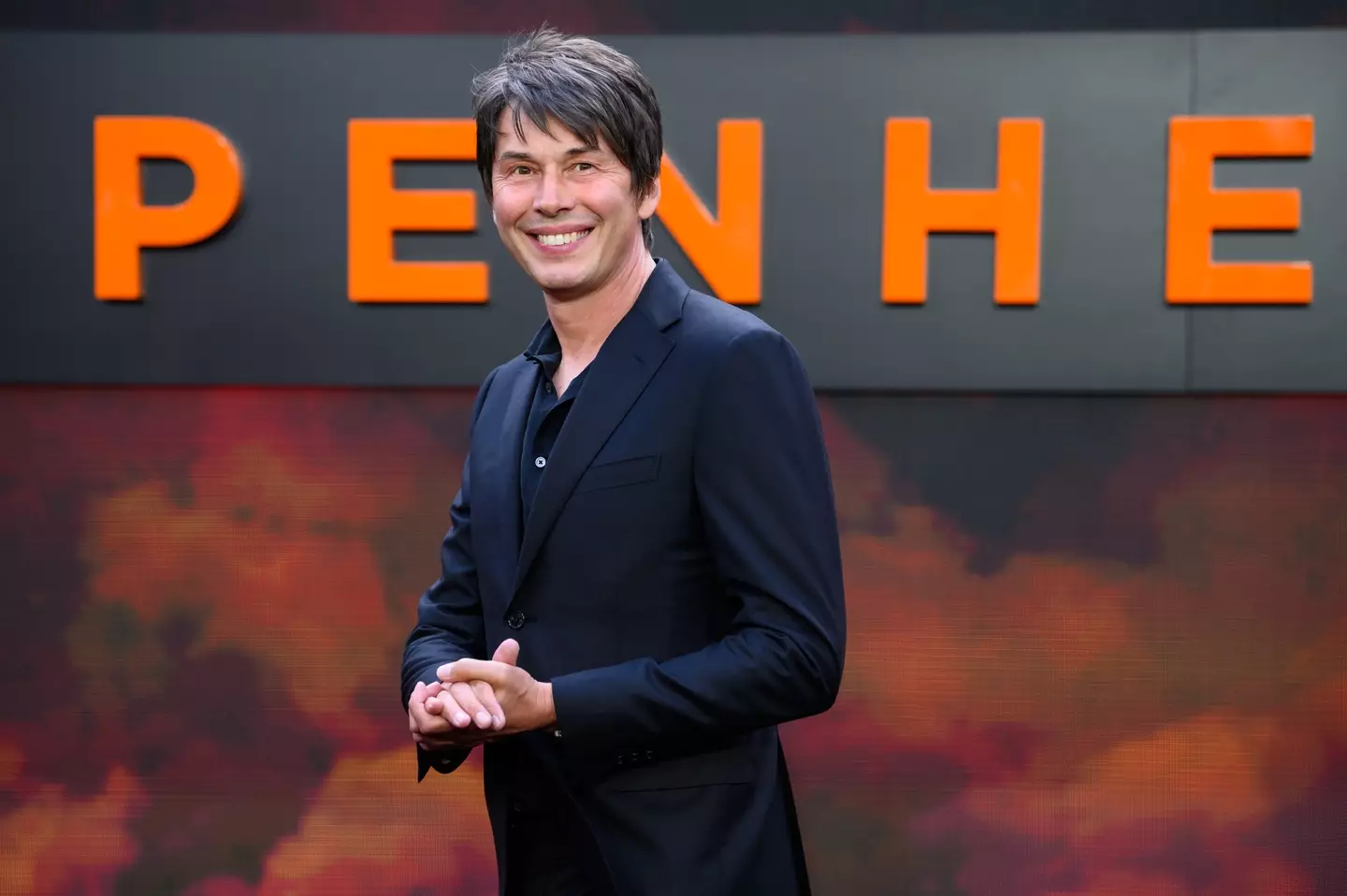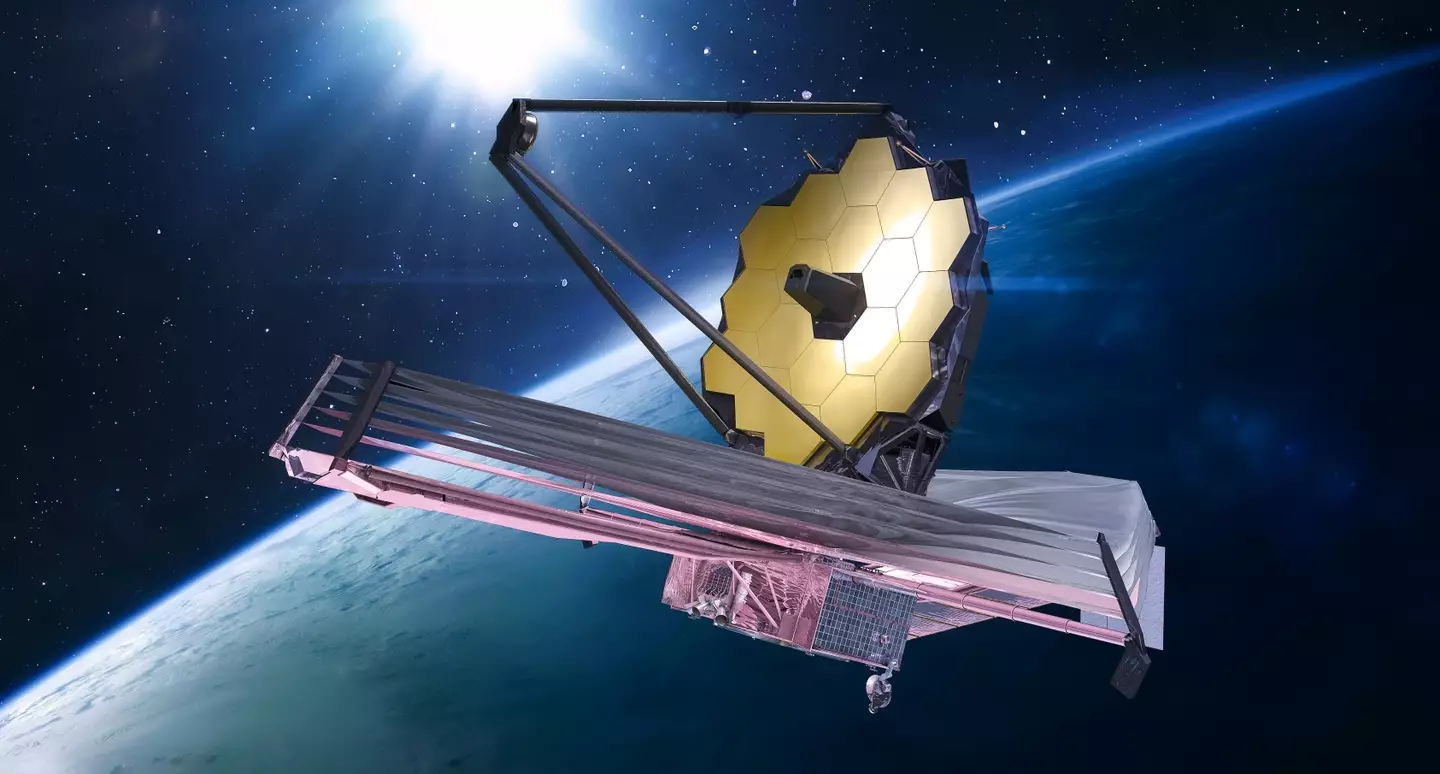
The wonders of the universe are finally being discovered thanks to NASA's genius James Webb Space Telescope (JWST), with one of the UK's leading academic minds explaining exactly what it can provide us as we head deeper into space.
Costing a staggering $10 billion (£7.9 billion), the JWST has made us change the way we think about the universe as a whole.
Launched from the Guiana Space Centre in French Guiana back in December 2021, Webb arrived at its original destination of 1.5 million kilometres from Earth just one month later.
Advert
Since then, its purpose has been to take over from the Hubble Space Telescope as NASA's primary exploration tool in photographing the universe through its state of the art Near-InfraRed Camera (NIRCam).
What it is and what it is doing can be a bit head scratching, though, with there being (naturally) a lot of science talk involved in what is found or hinted at.
Professor Brian Cox, an expert in particle physics in the School of Physics and Astronomy at the University of Manchester, has explained in Layman's terms exactly what it is seeing - and it's 'very exciting'.

Sitting down to do an 'Ask Me Anything' over on Reddit, commonly referred to an AMA, he took questions from the public on everything and anything that tickled their fancy.
Posting this in 2022, he said: "I’m Brian Cox, Professor of Physics at The University of Manchester and The Royal Society in London. I’ll be touring the world, talking about the interior of black holes, the origin of life and the Universe itself - with huge screens, cinematic graphics and a comedian."
One of the top questions was: "What are some of the bigger mysteries that the James Webb telescope is going to help us solve?"
"It'll be able to see the formation of the first stars and galaxies (because it's sensitive in the infrared) - which will be very exciting," Prof Cox said.

"It'll also open up the possibility of analysing the atmospheres of exoplanets. The 'wild' but wonderful discovery would be oxygen in an atmosphere - which would look very much like photosynthesis!
"There's lots more, but these are two capabilities that really go a lot further than Hubble [Space Telescope]."
So far, Webb has made amazing discoveries about the origins of 'monster' black holes as well as investigating potential signs of life.
The technology on board Webb means we can see things that our eyes naturally can't.
It has also photographed a 'question mark' floating through deep space. Yes, really. What a device.
All hail the Webb.
Topics: Brian Cox, James Webb Space Telescope, Science, Space, Technology, NASA